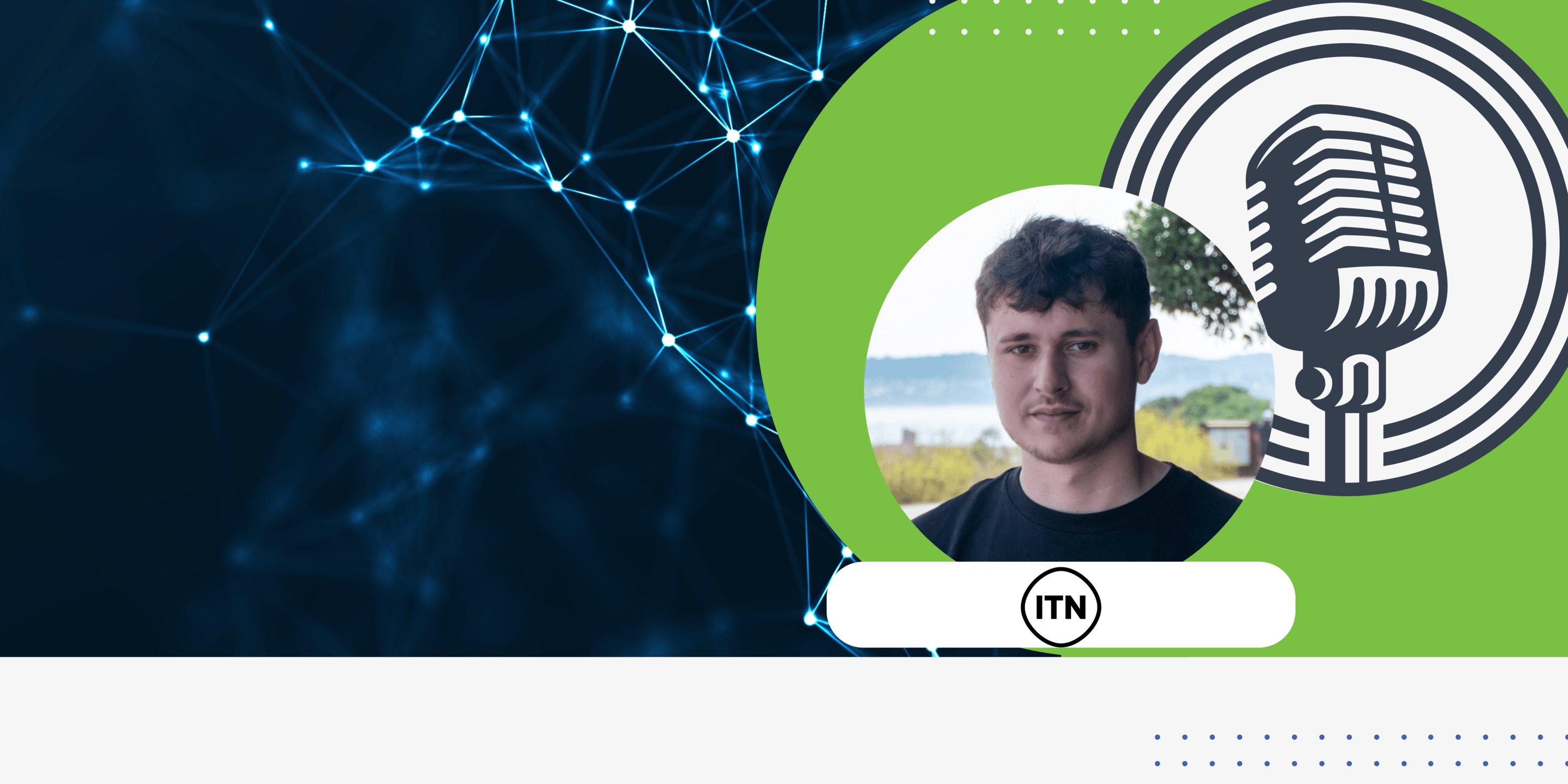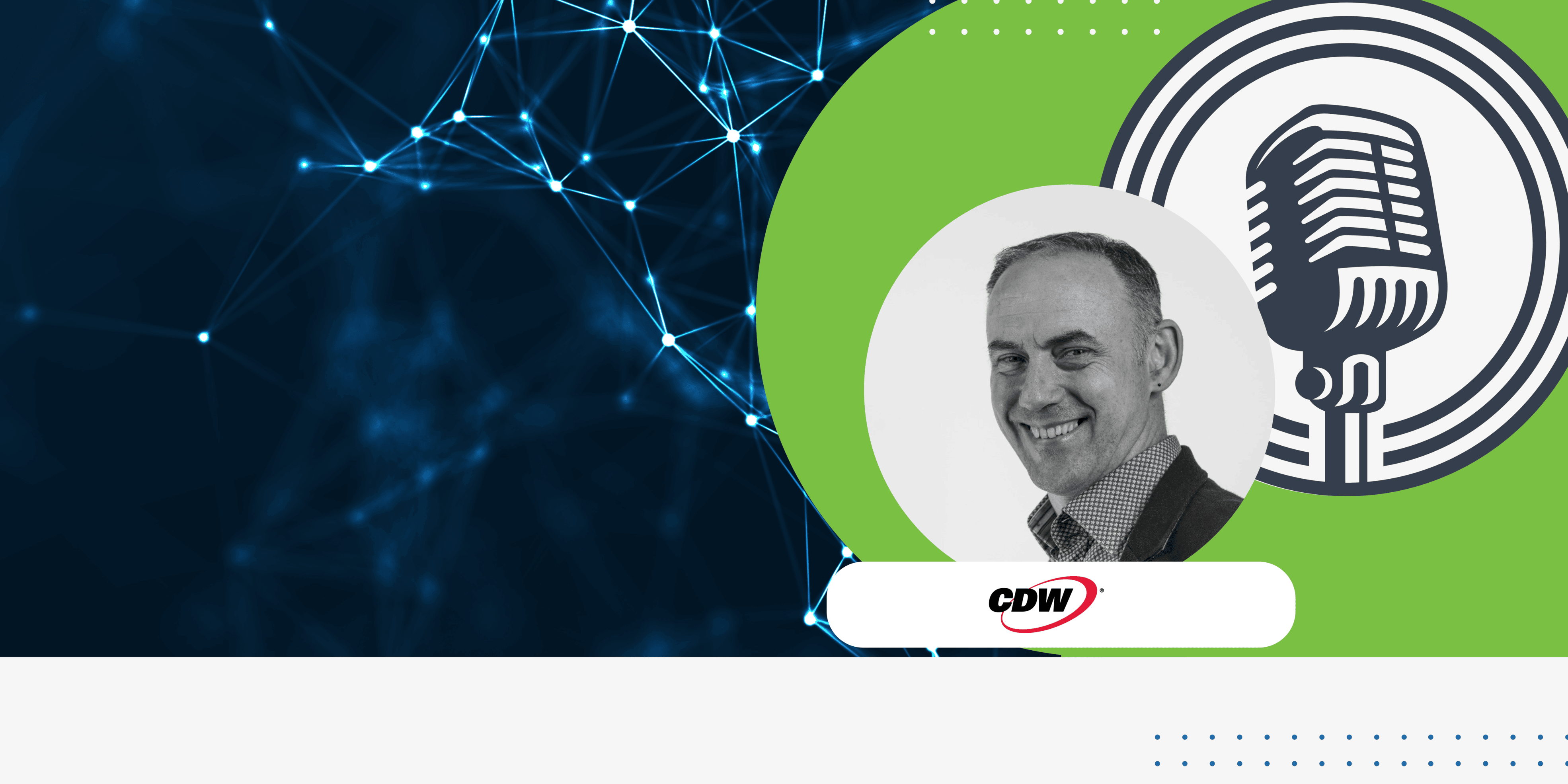
Diversity and inclusion: Focus on neurodiversity in networking and cyber security.
14 Jul, 20233 minsDiversity and inclusion (D&I) has been the buzz term dominating organisational hiring pr...

Diversity and inclusion (D&I) has been the buzz term dominating organisational hiring practices over the last 10 years, ever since the Lord Davies Report in 2011. But there is one element of the D&I agenda that continues to be ignored yet could be key to unlocking a huge potential network of talent: neurodiversity.
According to the British Psychological Society, 1 in 5 people in the UK of working age have one or more neurodiverse conditions which include dyslexia, dyspraxia, dyscalculia, ADD/ADHD and autism and unemployment (and underemployment) among neurodivergent people is higher than with any other.
Yet, evidence shows that employers with neurodiverse hiring practices not only benefit from having different perspectives within the workplace, but it also gives the organisation a competitive advantage as a result of innovative capabilities, productivity gains and a greater breadth of employee engagement.
Awareness of neurodiverse conditions is rising, and while more work is needed to build a greater understanding among employers, there are some positive examples of companies ‘doing’ neurodiverse hiring well: Hewlett Packard, Dell Technologies, SAP to name but a few.
Microsoft, too, has introduced a neurodiversity hiring programme and the video below is a great example of what the company does to support its autistic employees:
https://www.youtube.com/watch?v=XUAsU_zQVMo
If you are a hiring manager and employer, how can you leverage the neurodiverse talent that is out there and embrace the differences they can bring to the table?
How employers can support neurodiversity: it starts at the top
An article for Harvard Business Review stated: “The case for neurodiverse hiring is especially compelling given the skills shortages that increasingly afflict technology and other industries.”
Indeed, consider the network engineering and cyber security areas in which Hamilton Barnes operates. While demand for skilled professionals continues to rise, there remains a shortfall in available talent. Or is there?
If hiring practices remain unchanged, then yes, the gap between the number of jobs being recruited for and the availability of talent will remain. However, this deficit in talent supply could be narrowed if employers re-think their hiring priority. This is because the “tasks are a good match with the abilities of some neurodiverse people.” It is a talent pool that is not being tapped into.
According to Cisco’s former CEO, John Chambers, one in four business leaders have dyslexia – including himself and famously Richard Branson. Chambers is vocal on this, and his sentiment is shared by leading management consultancy, Deloitte.
In an article for the World Economic Forum, Deloitte urged leaders to “self-identify as neurodivergent, [and in doing so] the rest of the workforce would feel comfortable to come forward too.” This is important.
Organisational culture and attitudes come from the very top and the permeate throughout the rest of the business. If the most senior people openly embrace neurodiversity, that behaviour will be mimicked by others, which in turn influences and re-shapes their approach to business-critical tasks including hiring.
No drama
Shifting towards a more inclusive neurodiverse hiring process doesn’t mean that a dramatic overhaul of existing practices is required. Take the interview process as an example.
While many neurodiverse people perform exceptionally well in their role, some simply do not interview well. If the interview room is too noisy or full of distractions such as people walking past or computer monitors left on, this could lead to sensory processing issues for the candidate. Instead, ensure the room is quiet, clutter and distraction-free so they can focus on the task at hand.
Also take into account the time of the interview itself. For example, autistic people will often have set routines whereby they have lunch or dinner at very specific times. Simply asking them in advance of the interview for a time that suits them best, will help alleviate any potential stressors for the candidate.
Consider too your own assumptions of how a person should respond to questions and conduct themselves. Some neurodiverse conditions mean that eye contact becomes uncomfortable, tangents commonplace, and insecurity kicking in because of difficulties they have experienced in previous interviews where the hiring manager treated them like a non-neurodiverse interviewee.
Even before the interview itself, there are steps you can take to ease any sense of trepidation among neurodiverse candidates and maximise your chances of having a successful interview with someone that has the potential to become a great network or cyber engineer.
The key is to be specific. Provide clear and concise instructions on how to get to the office, the format of the interview, who will be in attendance, what they can expect, the length of time for the interview itself, and the stage of the process this interview represents i.e., first of three possible interviews.
In essence, a one-size-fits-all approach to hiring employees needs to be avoided. Adaptability is key and that boils down to understanding how each neurodiverse condition differs to another and modifying your approach to hiring accordingly.
Here at Hamilton Barnes, we have the specialist expertise necessary to improving and refining your hiring process.
Our team provides practical advice and guidance that will ensure that you are able to reach a wide pool of the very best talent. Reach out today: https://hamilton-barnes.com/



